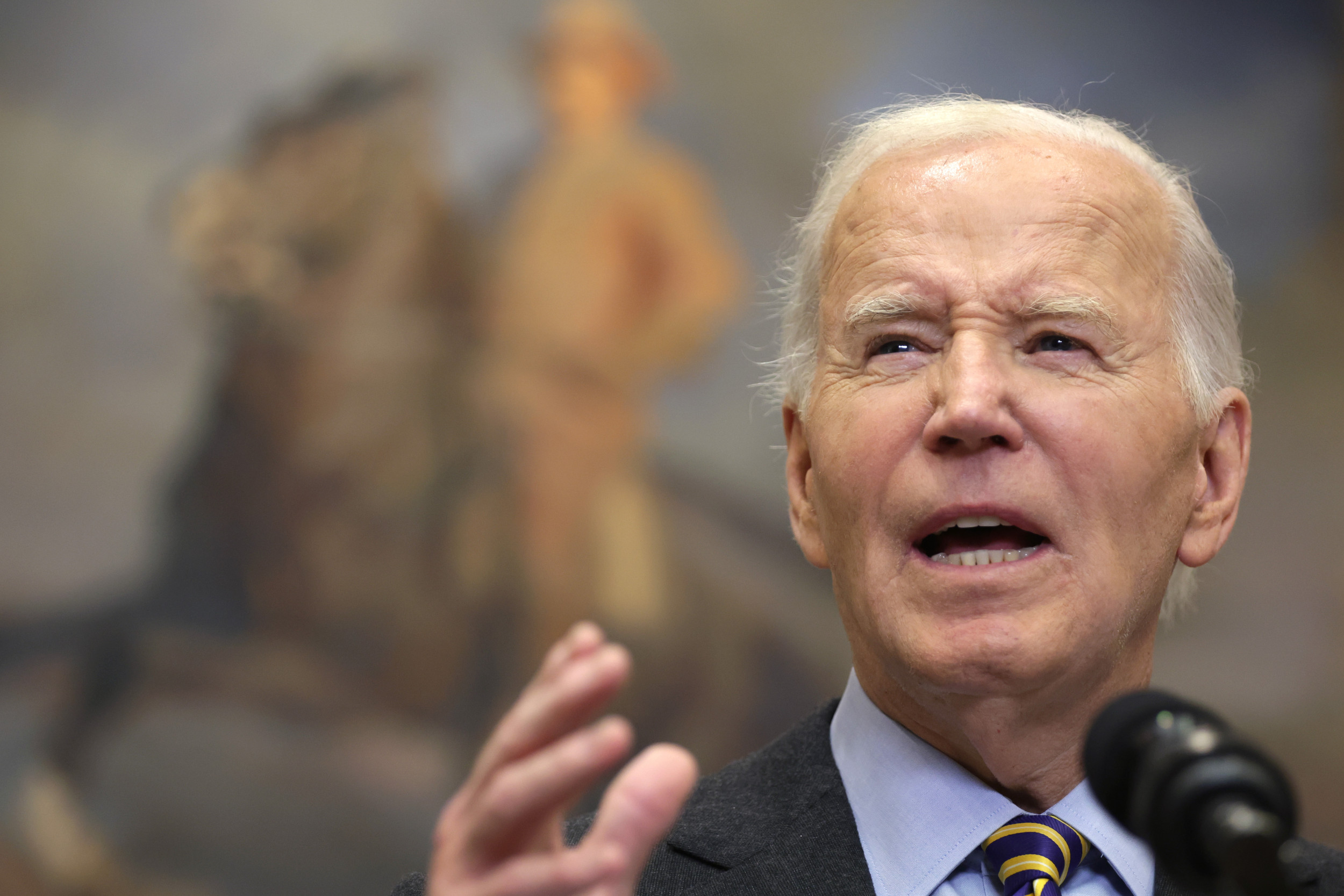With Podcast Canon, Benjamin Cannon analyzes the history of podcasts and interrogates how we talk about the art form.
When I listen to This Is Branchburg, the two-season gem of an absurdist sketch comedy podcast from Brendan O’Hare and Cory Snearowski, I hear something that I wonder whether anyone else does. It’s a sound, or more a feeling that takes me on a journey of memory, and one which elicits bigger questions about the impermanence of the very medium itself. Stick with me here.
Let’s start with the facts. This Is Branchburg debuted in 2019 to mild cult acclaim, an evolution of O’Hare and Snearowski’s video sketches from the same era that found favor on Twitter and YouTube. The show’s run was all too brief, however. At the time of writing, there were just 20 episodes in total, each running around 20 minutes. They depict the increasingly unhinged behavior of the residents in the titular small New Jersey township—a very real place, and the hometown of the show’s creators.
The podcast strikes a perfect balance with its comedy, in large part due to its compact runtime. Sketches ebb and flow organically, eschewing traditional dramatic structure in favor of a more relaxed approach. That also extends to the content of the pair’s sketches, characterized by a marked absence of malice, though I wouldn’t exactly call them gentle. It’s more that their stakes are—almost as a rule—incredibly low, a move which only serves to exponentially heighten the absurdity at their core. It also helps endow them with a certain beguiling charm. A man hides mints on his lawn before it snows so that he may discover them anew in the spring; a child practices trumpet in his neighbor’s car because of the sanctuary and special resonance it provides; residents gather following the rumor that the Olympic torch run will pass through town. Branchburg is a place where seemingly everyone has grown up under power lines, and our ears are all the better as a result of their suffering.
Branchburg’s comedic influences aren’t the outlier here. They feel immediately familiar—somewhere between Tim Robinson’s I Think You Should Leave and Tim Heidecker and Eric Wareheim’s Tom Goes To The Mayor. The two Tims even have their hands in the series as well, with Heidecker’s Abso Lutely Productions overseeing the show’s development, while he and Robinson both guest on episodes in its second season.
The podcast is unique for a few key reasons. Sketch comedy is a curiously rare commodity in the medium. I suspect this has a lot to do with how podcasts thrive on improvisation; that slapdash charm has made podcasting so appealing and seemingly easy to get into. Gather some funny people in front of a few mics and in no time you’re bound to have something approaching tolerable content, the sentiment goes. While some programs, namely Superego, have found success in improvising within the contours of sketch comedy’s traditional presentation, the number of written sketch programs is rather puzzlingly low.
The medium feels like it’s missing its own Mr. Show or Kids In The Hall, those sorts of effectively underground sketch programs that mark a generation of comedy fans and practitioners. These shows’ influence has been felt in much of the comedy that has come in the decades since their airing. The process of finding and sharing obscure and cult comedy often feels like becoming part of an exclusive club. Each successive generation of ardent humor lovers uncovers some program or movie or book long forgotten by the culture at large and holds it close, guarding it so they can brandish it like a secret handshake, proving one’s bona fides.
And it’s that very quality that has secured Branchburg’s place in my memory over five years following its release. It’s only right that I welcome you in on the secret kinship that I feel it has with one of the unlikeliest sources: Blue Jam. It’s perhaps the quintessence of obscure comedy: a British radio program from the late ‘90s that originally only aired at midnight and ran for a total of 17-1/2 episodes on BBC Radio 1—that strange number owing to one episode getting pulled from air mid-broadcast when a segment dealing with the death of Princess Diana was deemed in poor taste.
Created by comic mastermind Chris Morris—already lauded for his work on programs like On The Hour (where Steve Coogan debuted Alan Partridge) and The Day Today—Blue Jam was a distinctly different kind of listening experience, one uniquely primed for its overnight timeslot. The show operated in a hypnotically ambient mode, with large stretches of electronic music (think Aphex Twin, Bjork, Dimitri From Paris, etc.) interrupted by sketches drifting in and out of the ether. At once dark and surreal, it could turn on a dime, riotous laughter erupting out of its inky depths, only to be pulled in another bizarre and at times nauseating direction. And it must be said that the comedy in Blue Jam was often upsetting, but it makes for an illuminating listening experience nearly 30 years on. In an era where films like Freddy Got Fingered and Jackass are being reclaimed by no less an authority on culture than the Criterion Channel, Blue Jam is worth revisiting for the breathtaking daring of its writing, as well as the insights it grants on what comedy was pushing back against in response to a prolonged period of cultural moral rectitude.
The question remains: How can something so debased inspire Branchburg’s delightfully strange yet almost wholesome sketch comedy? The two comedies originate from a similar place, albeit in wildly different registers. Branchburg is as much a reaction to its time as Blue Jam was a product of the anarchic fin de siècle spirit that gripped large swaths of Western media, a sort of audio riff on MTV’s Liquid Television. Where Morris and Blue Jam were chafing against a sense of decay brought on by nearly two decades of Tory rule, Branchburg is born out of the jarring tonal shift between the Obama and Trump administrations. There was no longer anything particularly funny to be found in crassness, given its status as the order of the day, so O’Hare and Snearowski’s sensibilities skew in a more wholesomely juvenile direction.
The most obvious link is the shows’ shared sonic palette. Producers Heidecker and Dave Kneebone, along with sound designer Alex Gilson, give Branchburg a softly woozy quality, redolent of Blue Jam’s lazy, looping trip-hop, persistently droning music beds, and a soundscape that continually evokes the eerie silence of the overnight hours. O’Hare and Snearowski’s writing also favors setups akin to Morris and his Blue Jam collaborators, working within a world that feels like a cracked mirror dream of our own; recognizable, but slightly, disquietingly changed. The timbre of their comic voices may differ, but they’re rooted in similar fascinations. Morris’ most enduring creation from the show is his nameless wanderer, whose childlike innocence finds him in all manner of awful and absurd scenarios. It’s a quality shared by nearly every resident of Branchburg, their arrested view of the world continually guided by a sort of playground logic. It’s no accident that so many of their sketches are set in and around schools.
What compelled me to choose Branchburg as the second entry into the Podcast Canon was something deeper than its spiritual connection to Blue Jam. For a show that felt like such a fresh voice in comedy podcasting, its swift end was just as unexpected. After many years, I began to worry that not only would the show never come back, but that the episodes might end up vanishing from podcast-listening apps entirely. It’s unfortunately not an unfounded fear in this present media landscape. Several podcasts I’ve loved have either stopped paying for hosting or simply taken their archives offline, their episodes still showing up in searches only to fail in playback or download. Or, to a lesser extent, podcasts like Serial have put the majority of their back catalog behind a paywall. This uncertainty over the precarious nature of media access in a streaming-first world underscores the need for more audio creators to think seriously about preserving their work for whatever comes next.
Blue Jam is accessible today thanks almost entirely to the hard work of dedicated collectors who have preserved it on the Internet Archive; they’ve even made it available as a podcast feed. While there was an official CD release that collected a handful of sketches, it is out of print and didn’t preserve the experience of listening to an entire episode of the program. Much of this is down to music licensing, of course, that old devil that has consigned several genre-defining works to a proper re-release limbo.
To be a fan of pop culture in general—and podcasts in particular—is to continually be on a quest for that which has come before and inspired the creators you love or to discover unjustly forgotten works such that they may inspire you in turn. It’s the reason for this very site’s existence, wouldn’t you say? However, the narrative audio medium, post-“golden age” of radio and prior to the internet age, feels constantly in danger of being erased, even more than film, TV, and music. The notion of boundary-pushing, artistically daring audio did not spring forth only after 2007, but you’d hardly know it from the conversations being had around it. There is immense worth in asking ourselves who inspired the programs we love, taking the time to dig through archives and connect the dots, so that we can create a fuller picture of the medium and its players. That drive is the impetus for this very column, and I will take every chance I get to shine a light on another program or piece of audio storytelling that is worth remembering and revisiting.




















 English (US) ·
English (US) ·